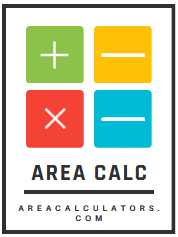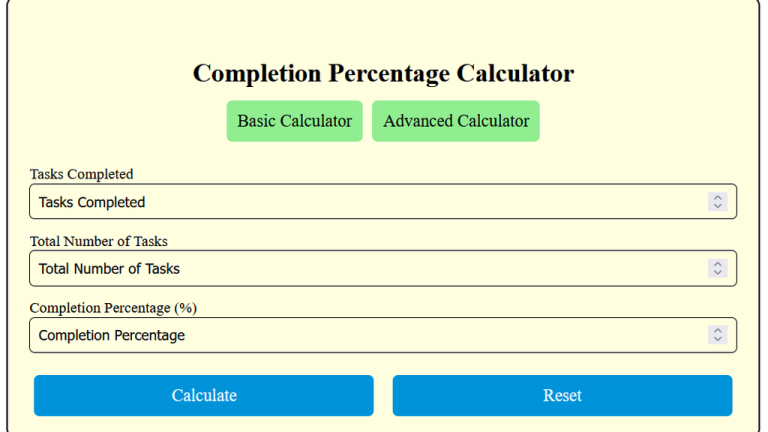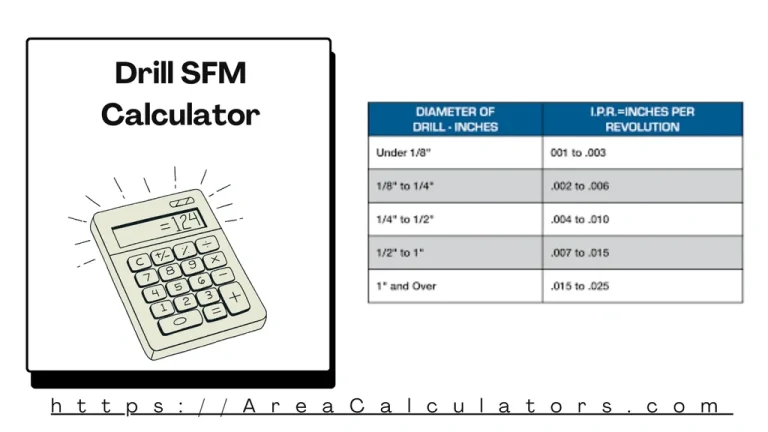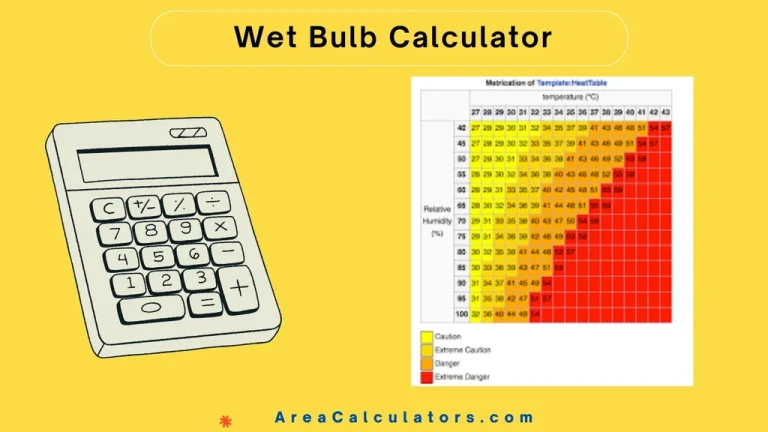Class Size Calculator
Subtract the lower limit (LL) from the upper limit (UL) to calculate the class size.
The Class Size Calculator determines the size of a class interval in a frequency distribution or statistical dataset. Class size is essential in organizing data into groups for histograms, tables, and frequency analysis. It ensures uniformity in data representation, making it easier to analyze and interpret trends or patterns.
Formula:
CS = UL − LL
| Variable | Description | Unit |
|---|---|---|
| CS | Class Size | Any numeric value |
| UL | Upper Limit of the class | Any numeric value |
| LL | Lower Limit of the class | Any numeric value |
Solved Calculations:
Example 1: Calculating Class Size for a Class Interval of 20–30
| Step | Value | Explanation |
|---|---|---|
| Upper Limit (UL) | 30 | Highest value in the class interval |
| Lower Limit (LL) | 20 | Lowest value in the class interval |
| Subtract LL from UL | Calculate the difference | |
| Result | 10 | Class size |
Example 2: Calculating Class Size for a Class Interval of 45–55
| Step | Value | Explanation |
|---|---|---|
| Upper Limit (UL) | 55 | Highest value in the class interval |
| Lower Limit (LL) | 45 | Lowest value in the class interval |
| Subtract LL from UL | Calculate the difference | |
| Result | 10 | Class size |
What is the Class Size Calculator?
The Class Size Calculator is a helpful tool. It has been designed to calculate the size or width of classes in statistics, whether for grouped or ungrouped data. It simplifies the process of determining class intervals, which is crucial for organizing data into meaningful frequency distributions. This tool is particularly useful for educators, students, and statisticians dealing with large data sets.
By inputting the range of data and the desired number of classes, the calculator determines the class size, ensuring consistency and accuracy in statistical analysis. It is also adaptable for a variety of scenarios, including frequency tables, histograms, and classroom planning.
Additionally, the calculator aids in understanding patterns within data by providing a clear breakdown of intervals. This makes it easier to visualize distributions, identify trends, and analyze results effectively.
Final Words:
In conclusion, the Class Size Calculator is a practical resource for statistical organization and analysis. Its ease of use and precision make it invaluable for anyone looking to simplify class interval calculations and enhance their understanding of data structures.




